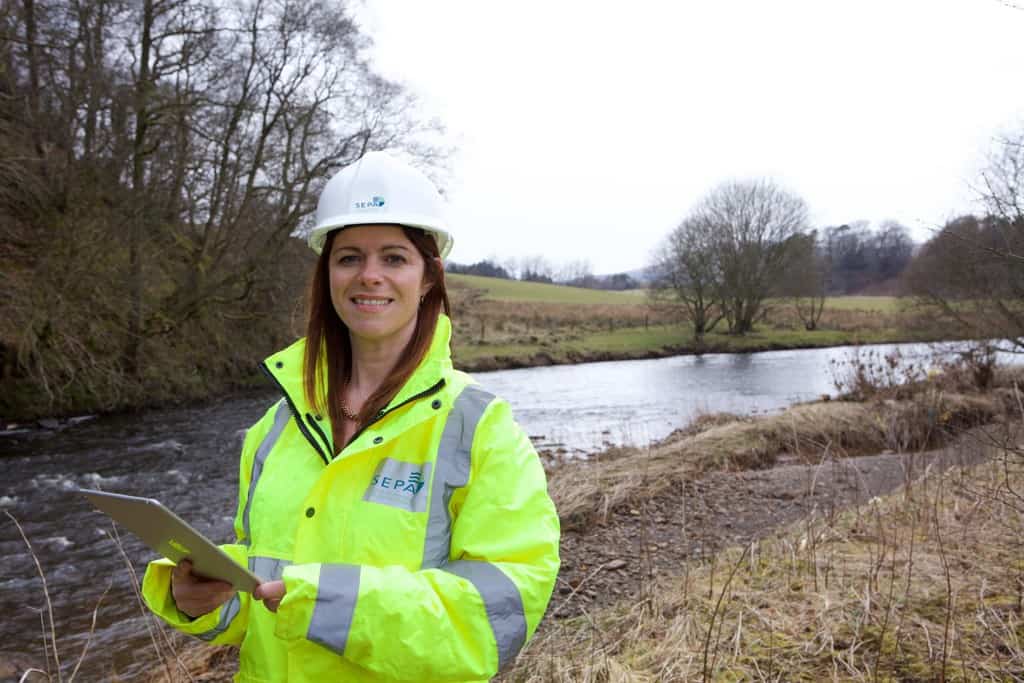- SEPA’s national consultation on the designation of areas which are potentially vulnerable to flooding begins (1 May 2018)
- SEPA is seeking feedback to ensure local knowledge across Scotland is captured
- Information will improve future flood risk management strategies and plans
The Scottish Environment Protection Agency (SEPA) has today (Tuesday 1 May 2018) launched the start of a national conversation to improve Scotland’s future flood risk management plans.
Potentially Vulnerable Areas (PVAs) are where significant flood risk exists now or is likely to occur in the future. Identifying those areas is a vital part of protecting people, properties, communities, businesses, infrastructure and environment.
PVAs are based on Scotland’s National Flood Risk Assessment (NFRA), which is updated and published every 6 years. This provides a clear picture of past, current and future flood risk and feeds into SEPA’s Flood Risk Management Strategies and Local Authority Flood Risk Management Plans.
SEPA is calling on people from across Scotland to shape its understanding by sharing their local knowledge to help make Scotland become more resilient in the face of increased flood events. Members of the public have until Tuesday 31 July 2018 to have their say on the consultation which is available to view at: https://consultation.sepa.org.uk/evidence-and-flooding/pvas2018
Designation of an area as a PVA allows local authorities and public bodies to work with communities to focus activities on reducing the impacts of flooding. Better data has provided a greater understanding of the location of properties and access to better mapping and modelling has improved the assessment of flood risk.
The Scottish Government has provided funding of £42 million a year through the local government settlement for local authorities to invest in major new flood protection schemes.
Environment Secretary Roseanna Cunningham said:
“Climate change is the cause of one of the biggest flooding threats to Scotland so it’s crucial that we take action now to adapt and adjust to its effects.
“SEPA’s National Flood Risk Assessment is based on improved evidence, and will help us better understand and assess the causes and consequences of flooding. It allows us to identify the areas at most risk and put in place measures to protect them.
“This consultation is a crucial part of the process and will help us make sure individuals are as prepared as they can be for flooding.”
Terry A’Hearn, SEPA’s Chief Executive, said:
“Every day SEPA works to help Scotland prepare more powerfully for future increased flooding. Flooding can have a major impact on residents, communities and Scottish businesses but Potentially Vulnerable Area designation can help to reduce the impact which flooding can have on people’s lives.
“As part of the next phase of our National Flood Risk Assessment we’re using the best available scientific data from SEPA, local authorities and other partner organisations. But more than that, we want to hear from local people in communities across Scotland to ensure we have a true understanding.
“So I strongly encourage you to tell us what you think by 31 July. Your views really do count – we’ll consider what you tell us and publish our results in December 2018”.
The output of the 2018 National Flood Risk Assessment is part of a long term process. The results of the NFRA, which will be published in December 2018, will go on to inform future flood risk management plans to be published in 2021.






